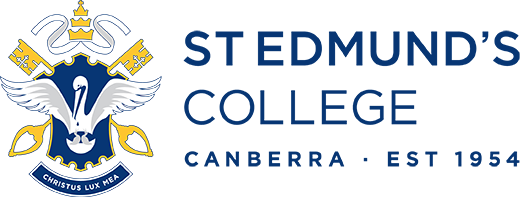Self-regulation is a skill for everyone, not just those who are experiencing difficulty in some area of their life. Self-regulation is controlling ones behaviors and impulses to attain a desired goal. It involves behavior and emotions when we are deciding what to think, feel, say and do. To put it in context for a student an example is when they need to make a choice to complete a task in the class/homework or use their device for playing games or watching you tube. It is about taking responsibility for their own learning and achieving their goals.
One way of helping students to self-regulate is to set attainable goals that allow for continuous improvement. This is why we set SMART goals every semester as it develops an ongoing cycle of growth.
In the article written by Maurice Elias (2 August 2019, Edutopia) it explains an ongoing cycle of five steps that assist with continued growth and improvement.
- Have students determine their goal—the aspect of self-regulation they’d like to improve.
- Have them create a plan for how they will improve in that area in the short term.
- Review their goal and plan with a friend/parent as their support partner.
- Students should periodically evaluate the plan against the goal they set and determine whether their plan needs adjustment.
- When students meet one goal, have them set another and create a new plan
Maurice also discusses four areas for self-regulation improvement.
- Study skills
- Character-social-emotional competencies
- Physical Health
- Community member.
These are very important for the students of St Edmund’s as they support the College Vision
Vibrant Spirit, Strong Character and Tailored Learning.
For further information about developing self-regulations click on the sites below.
Helping Students Develop Self-Regulation Maurice Elias 2/8/2019
What is Self –Regulation? (+95 Skills and strategies) Courtney Ackerman 21/6/2019
